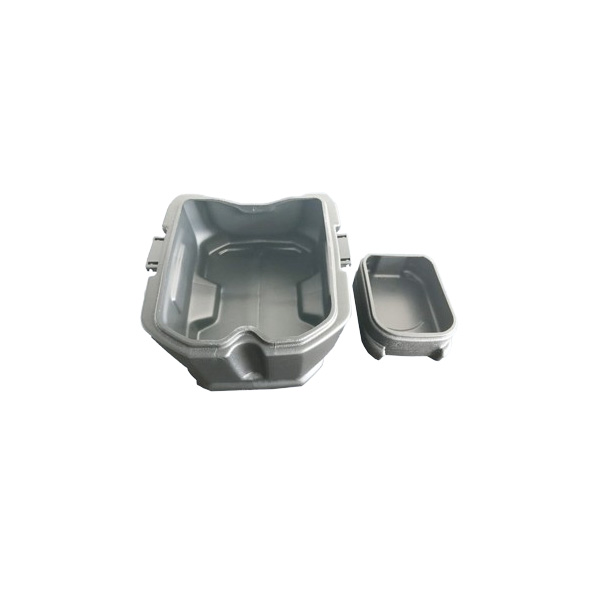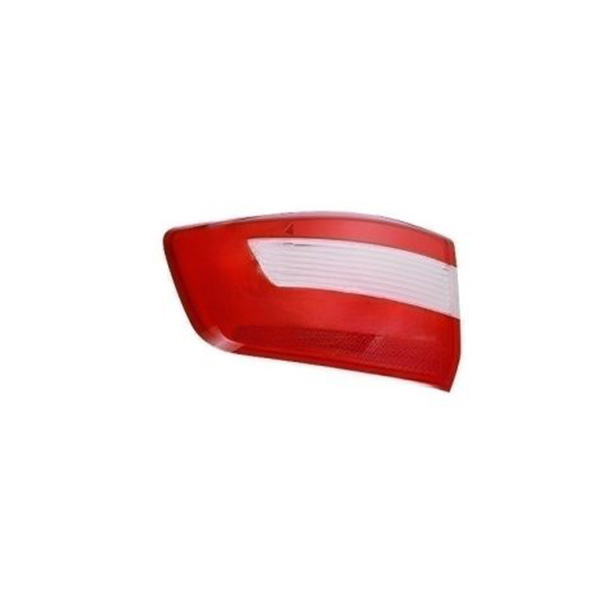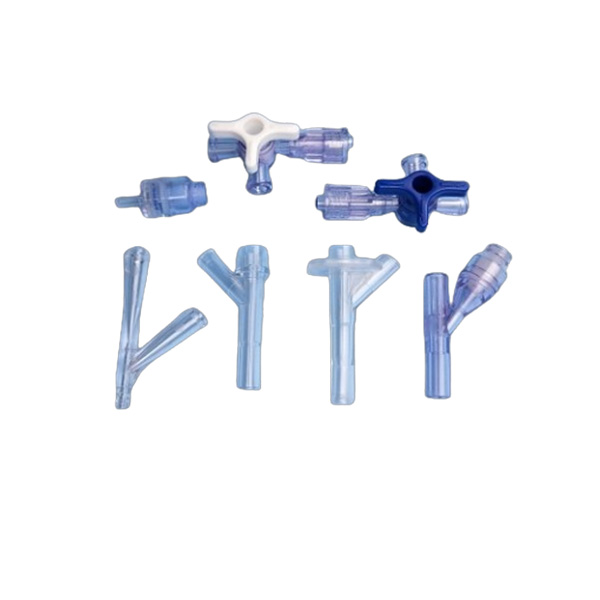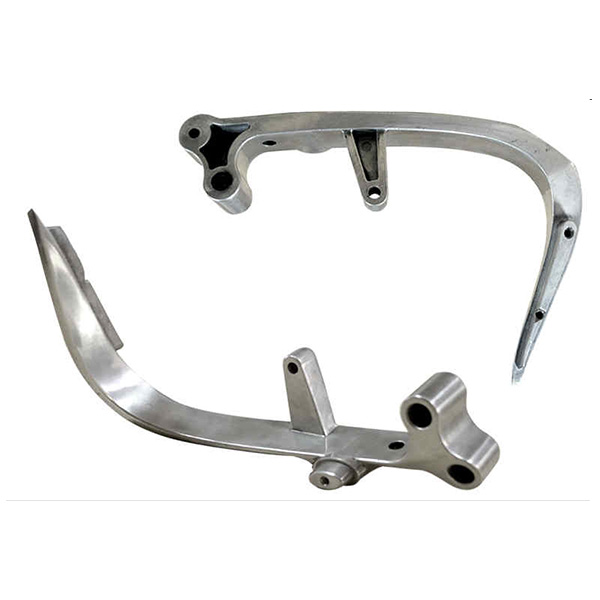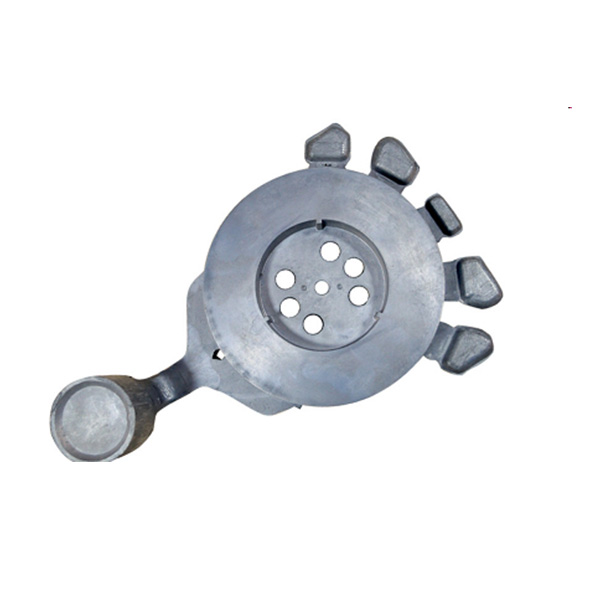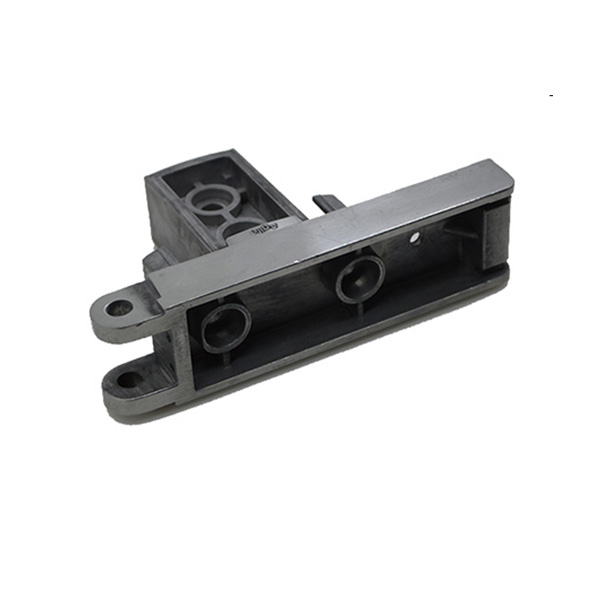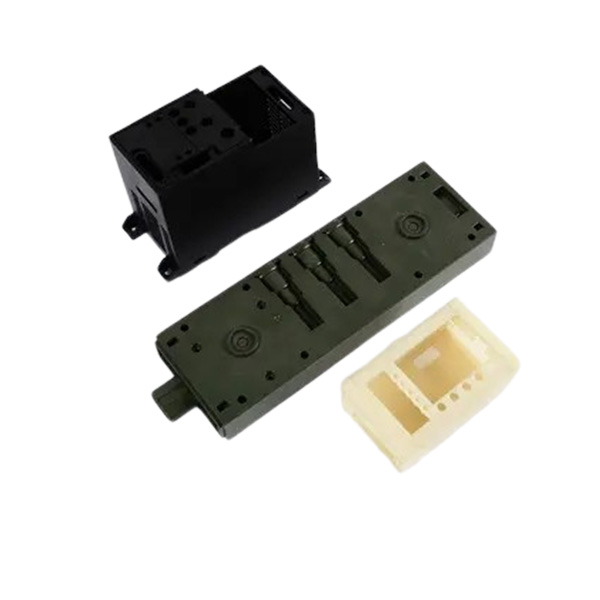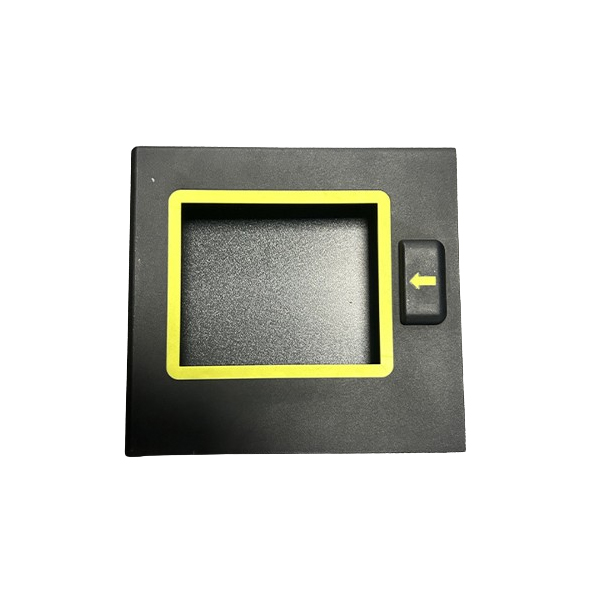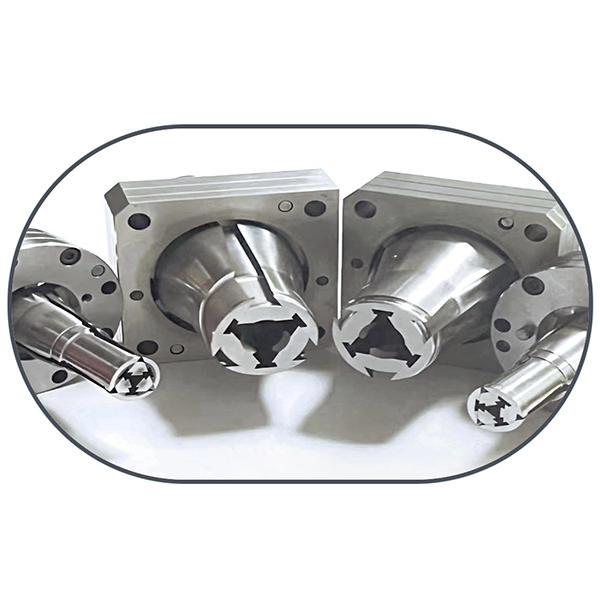Menu
- Home
- Products
- Mold Industry Design
- Rapid Prototyping
- Mould Manufacturing
- Plastic Injection Molding
- One Stop Service
- News
- INDUSTRY NEWS
- COMPANY NEWS
- Case
- Factory Show
- Prototype Injection Molding
- ISO 9001 Certified Factory
- Strict Quality Check
- Various Injection Machines
- High-Quality Tooling
- Contact Us
- About Us
- Certificate
Search

- Home
- >
- Products
- >
- Mold Types
- >


